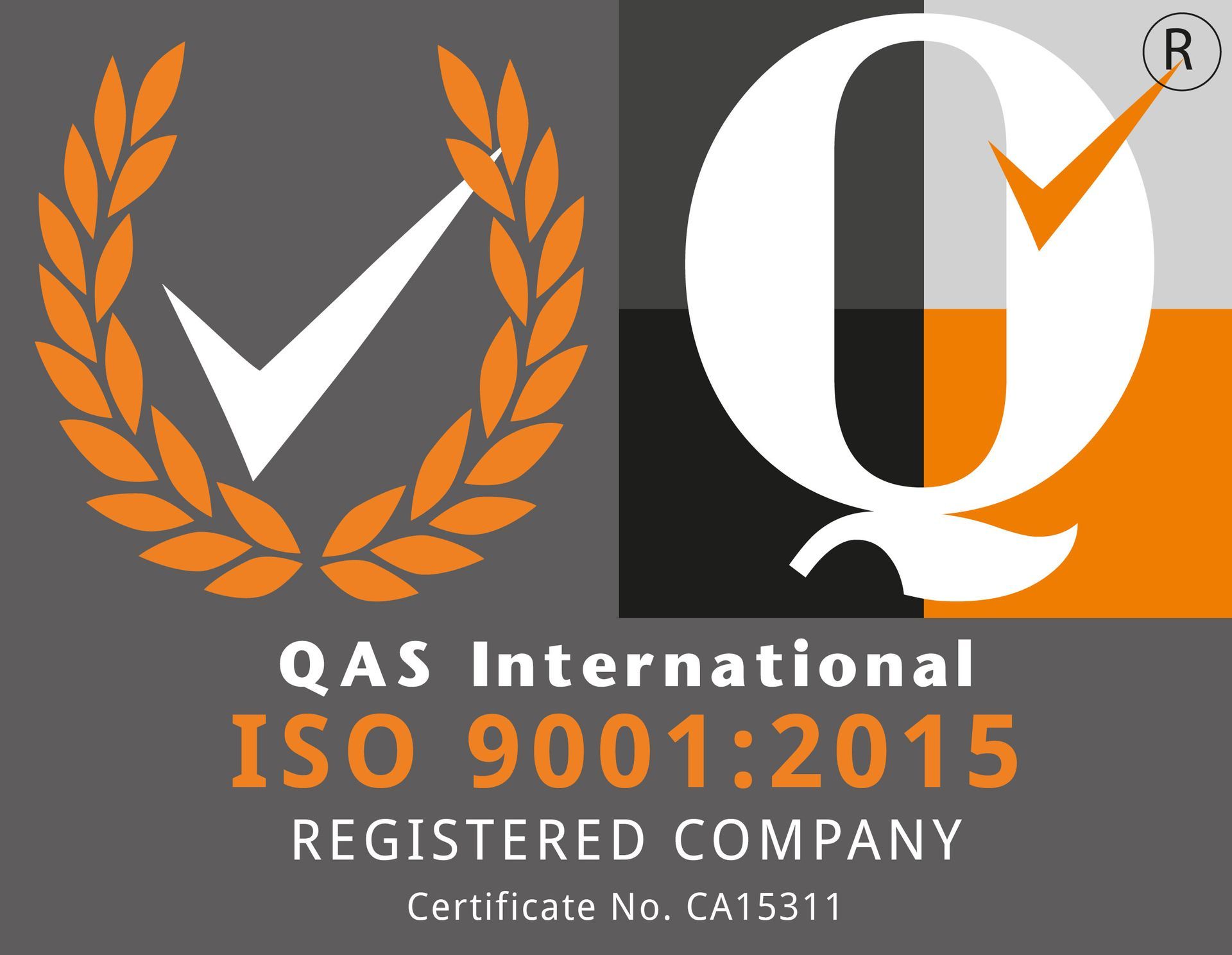In the dynamic and competitive landscape of today's business world, organizations strive to achieve excellence in various facets of their operations. A critical aspect of this pursuit is the implementation of robust risk management practices that ensure the quality, safety, and efficiency of business processes while safeguarding against potential threats. CCS stands as a strategic partner in supporting businesses on their journey towards excellence by offering a comprehensive suite of services designed to mitigate risks.
Enhancing Security:
The Role of a Managed Security Operations Centre (SOC) for Risk Managers
In today's rapidly evolving digital landscape, organisations face a multitude of cybersecurity threats that can compromise sensitive data and disrupt operations. To effectively safeguard against these risks, a proactive and comprehensive approach to security management is essential. A Managed Security Operations Centre (SOC) stands as a pivotal asset in this endeavour, offering continuous monitoring, threat detection, and rapid incident response capabilities.
Understanding the Managed SOC Advantage
A Managed SOC operates around the clock, manned by experienced cybersecurity professionals who utilise advanced tools and methodologies to monitor networks, systems, and applications in real-time. This proactive monitoring approach allows for early detection and mitigation of potential security threats before they escalate into significant incidents. By leveraging technologies such as Security Information and Event Management (SIEM) systems, Managed Endpoint Detection and Response (EDR), and Network Detection and Response (NDR), a SOC enhances an organisation's ability to maintain a robust security posture.
Key Benefits for Risk Management
- Threat Detection and Response:
- The SOC's robust capabilities enable swift detection and response to security incidents, minimising the risk of financial losses and operational disruptions.
- Incident Management:
- Efficient incident management procedures ensure that cybersecurity incidents are handled promptly and effectively, reducing their impact on the organisation.
- Proactive Threat Hunting:
- By actively seeking out potential threats within the network environment, the SOC enhances proactive defence measures, preventing security breaches before they occur.
- Enhanced Incident Response Time:
- Rapid response capabilities ensure that security incidents are addressed promptly, preserving business continuity and reducing recovery times.
- Improved Visibility:
- Comprehensive monitoring and analysis provide risk managers with better visibility into the organisation's security landscape, facilitating informed decision-making and resource allocation.
- Cost Efficiency:
- Early threat detection and mitigation help mitigate potential financial losses associated with security breaches. Additionally, a predictable pricing model ensures budgetary control and cost-effectiveness.
Integrating SOC with Risk Management Strategies
Integrating a Managed SOC into the organisation's risk management framework enhances overall security resilience. It allows for systematic identification, assessment, and mitigation of information security risks, aligning with regulatory requirements and industry standards. By conducting regular audits and maintaining compliance, organisations can continuously improve their security posture and adapt to evolving threats effectively.
In conclusion, a Managed Security Operations Centre (SOC) plays a crucial role in modern cybersecurity strategies, offering proactive threat detection, rapid incident response, and enhanced security visibility. For risk managers, leveraging SOC services ensures comprehensive risk mitigation and regulatory compliance, ultimately safeguarding organisational assets and maintaining operational continuity. By understanding the capabilities and benefits of a SOC, risk management professionals can enhance their organisation's resilience against cybersecurity threats and foster a culture of proactive security management.



